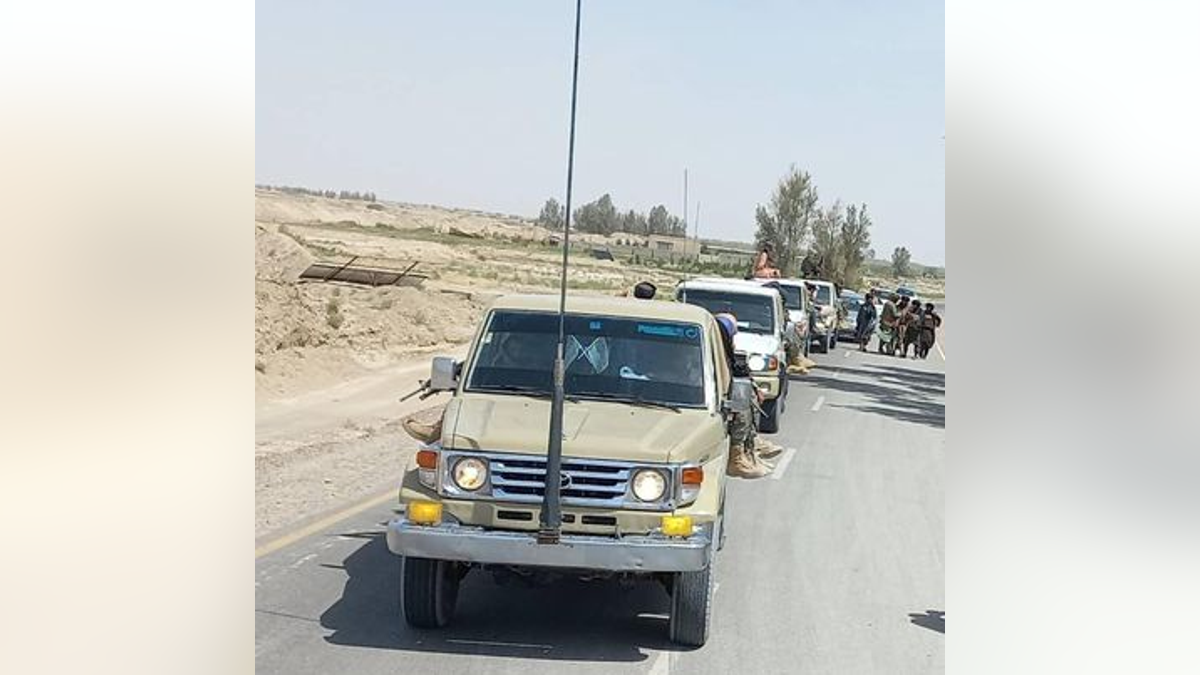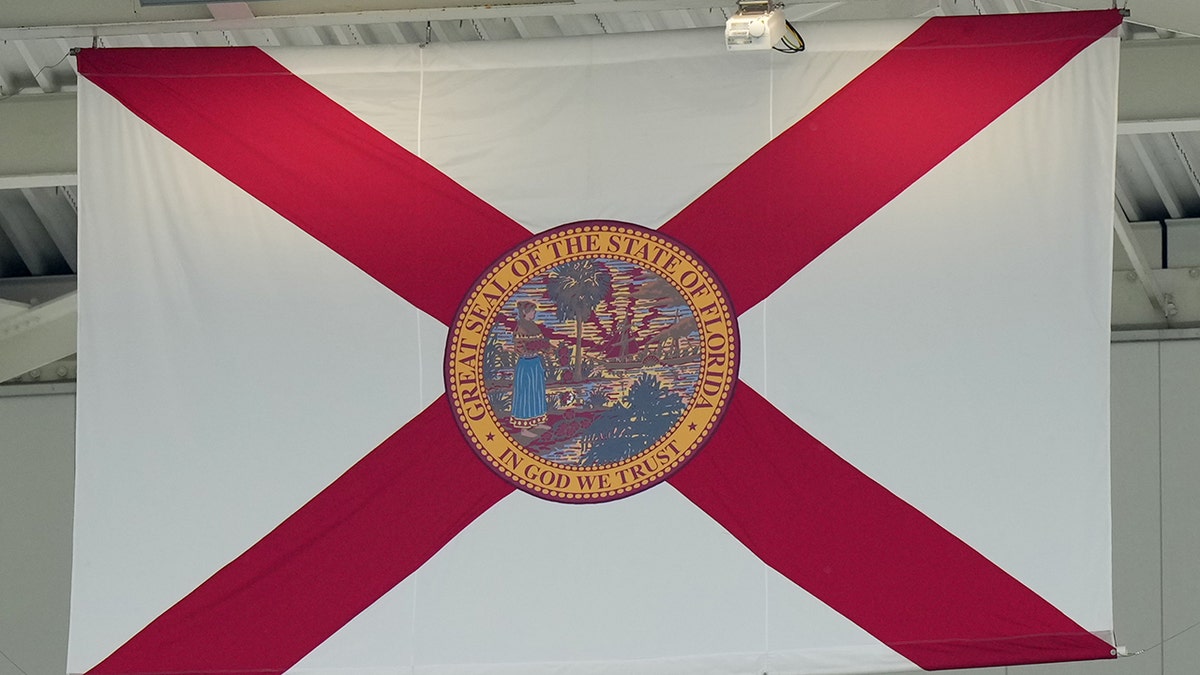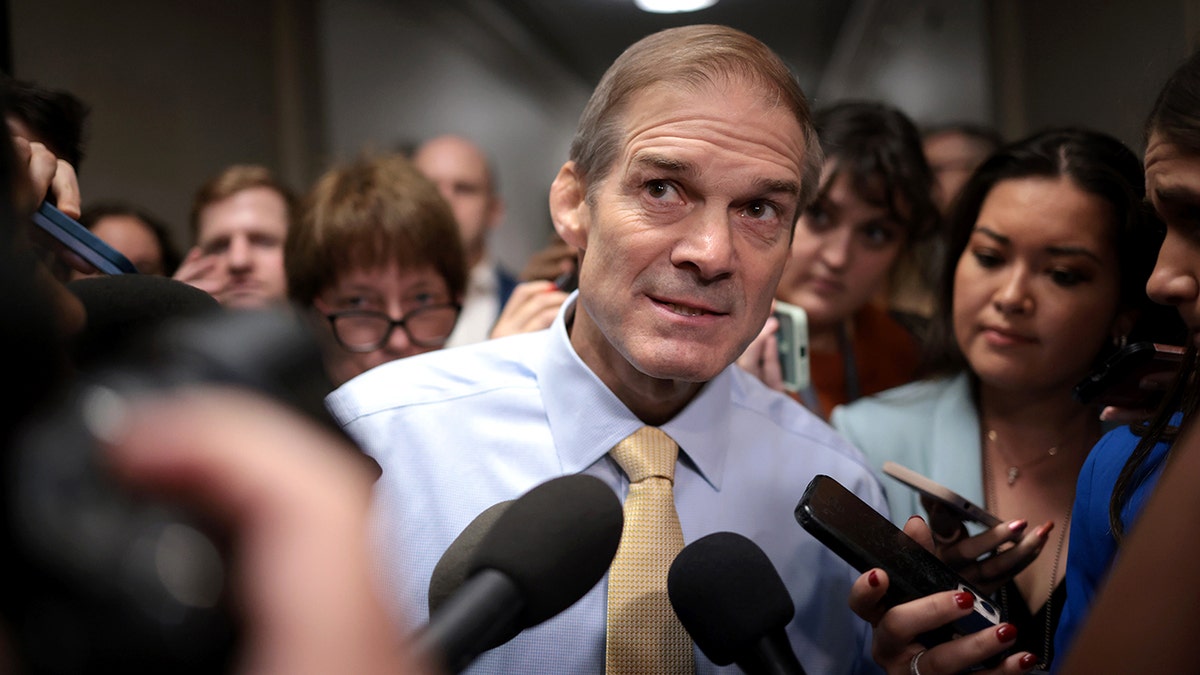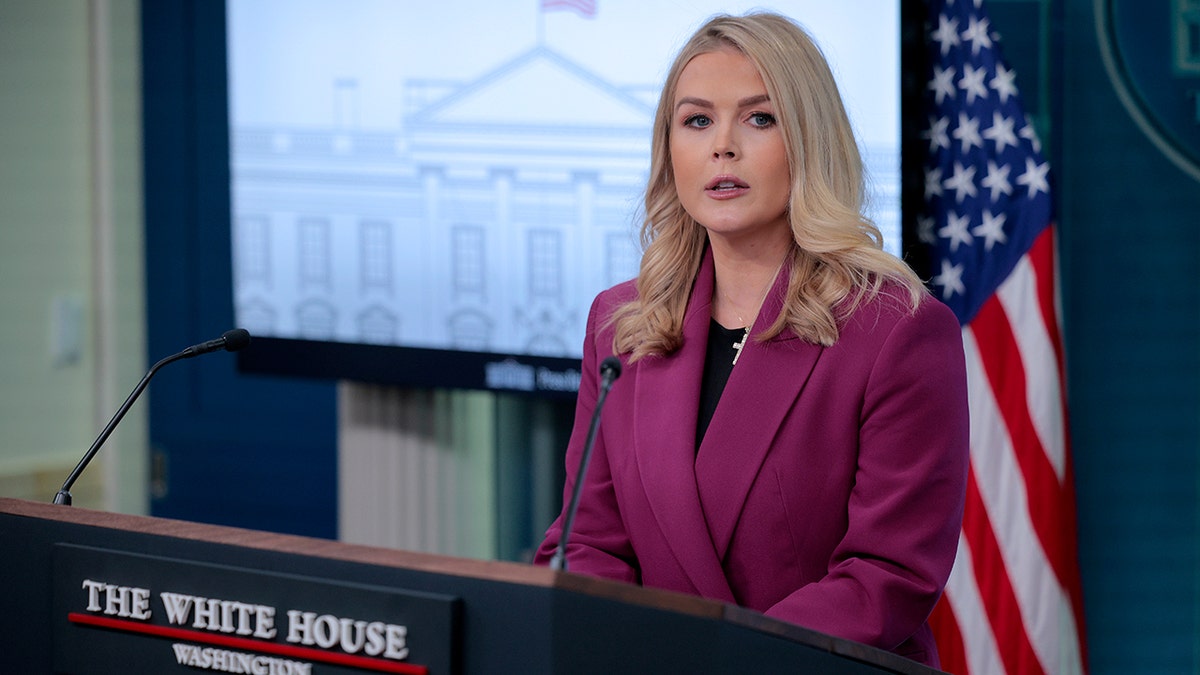Recent tensions between the Taliban and Iran escalated with a military mobilization along their shared border. Following a deadly clash between border guards, the Taliban deployed a significant number of fighters and military vehicles, including US-supplied equipment like M117 Armored Security Vehicles, M113 Armored Personnel Carriers, MaxxPro Mine-Resistant Ambush Protected Vehicles (MRAPs), and Humvees. These vehicles, originally provided to the Afghan National Defense and Security Forces, were seized by the Taliban in 2021.
While the exact number of deployed Taliban fighters remains uncertain, estimates range from several thousand to as high as 20,000. The Taliban's military strength is estimated to be between 150,000 and 200,000 personnel. Iran, in comparison, possesses a larger, more technologically advanced military, including jets, drones, and anti-armor weapons. It's unclear whether Iran responded to the Taliban's mobilization with its own deployment of troops and weaponry.

The border clash, which resulted in casualties on both sides, reportedly stemmed from a dispute over water rights from the Helmand River, a long-standing point of contention between the two nations. The 1973 agreement governing water allocation has been a source of conflict for decades, with Iran accusing Afghanistan of insufficient water provision.
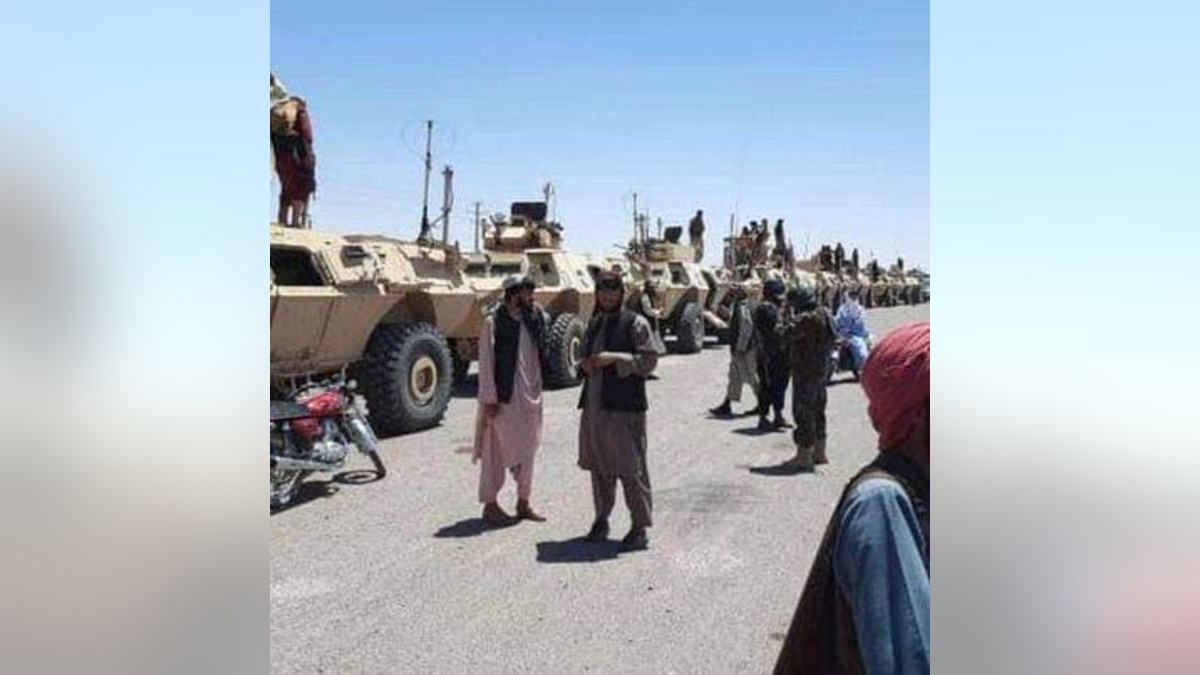
The recent escalation follows months of heightened tensions and skirmishes, including incidents related to border wall construction and undocumented migration. The presence of a large number of Afghan refugees in Iran further complicates the situation. As of early June, the Taliban appeared to have withdrawn their forces and equipment from the border, and both sides have publicly downplayed the tensions, emphasizing their commitment to resolving the issues peacefully.
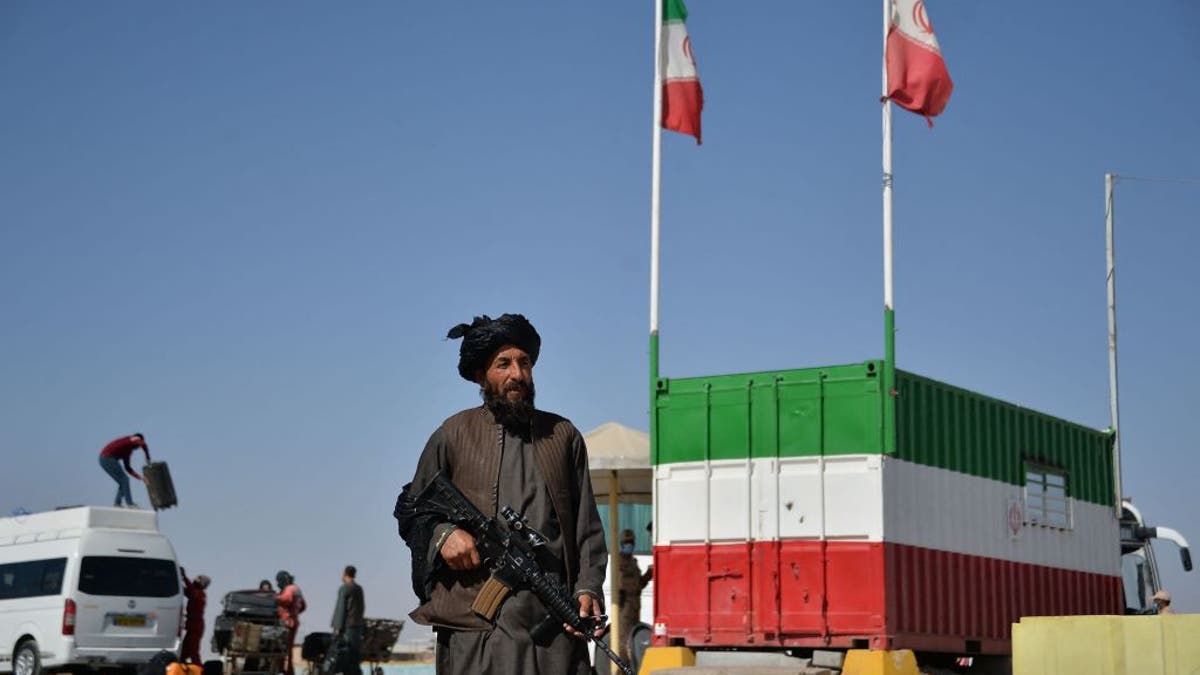
Despite the recent de-escalation, the underlying tensions and the potential for future conflict remain. While both countries have expressed a desire for peaceful resolution, the complex interplay of historical disputes, resource management, and regional dynamics continues to pose challenges.
